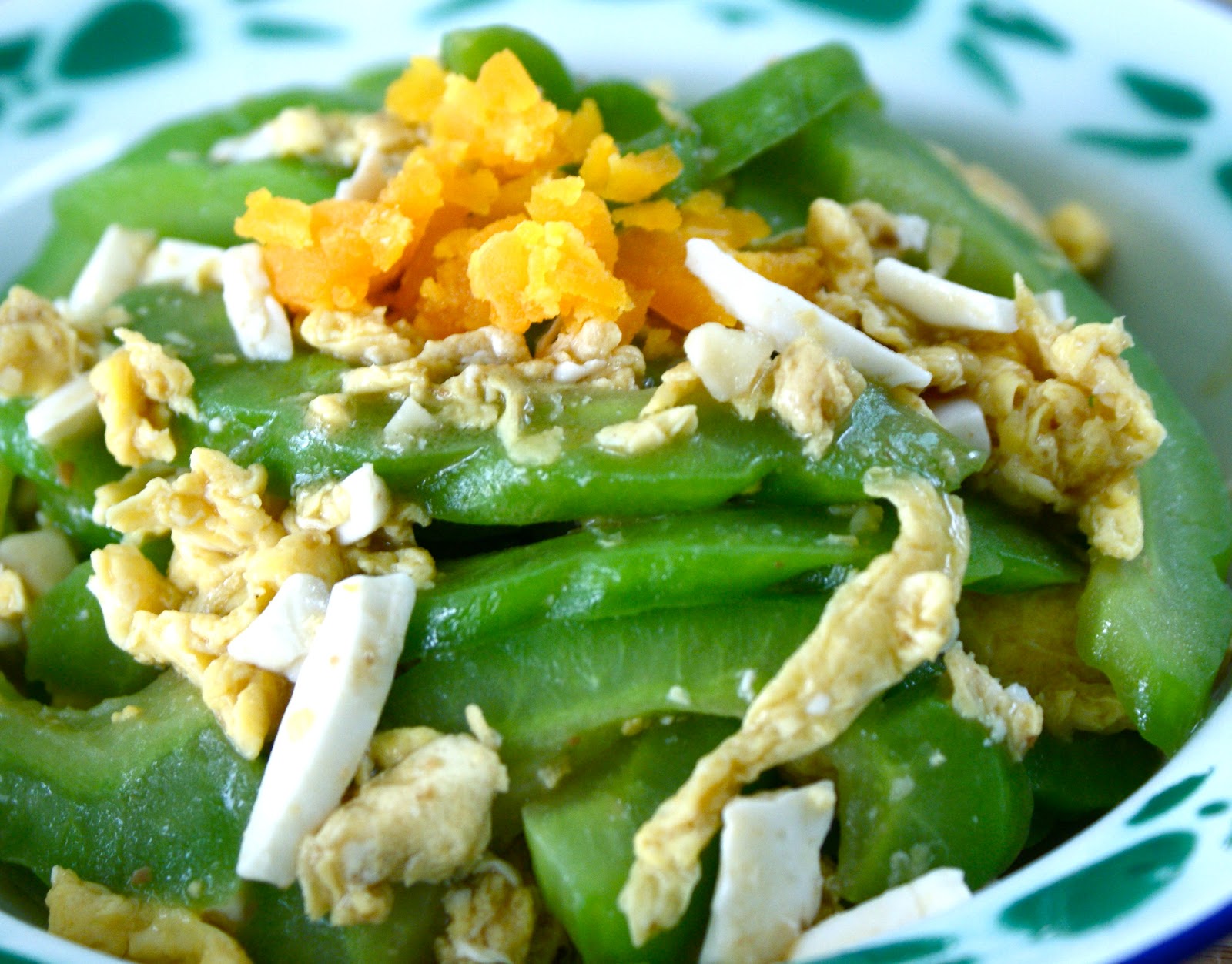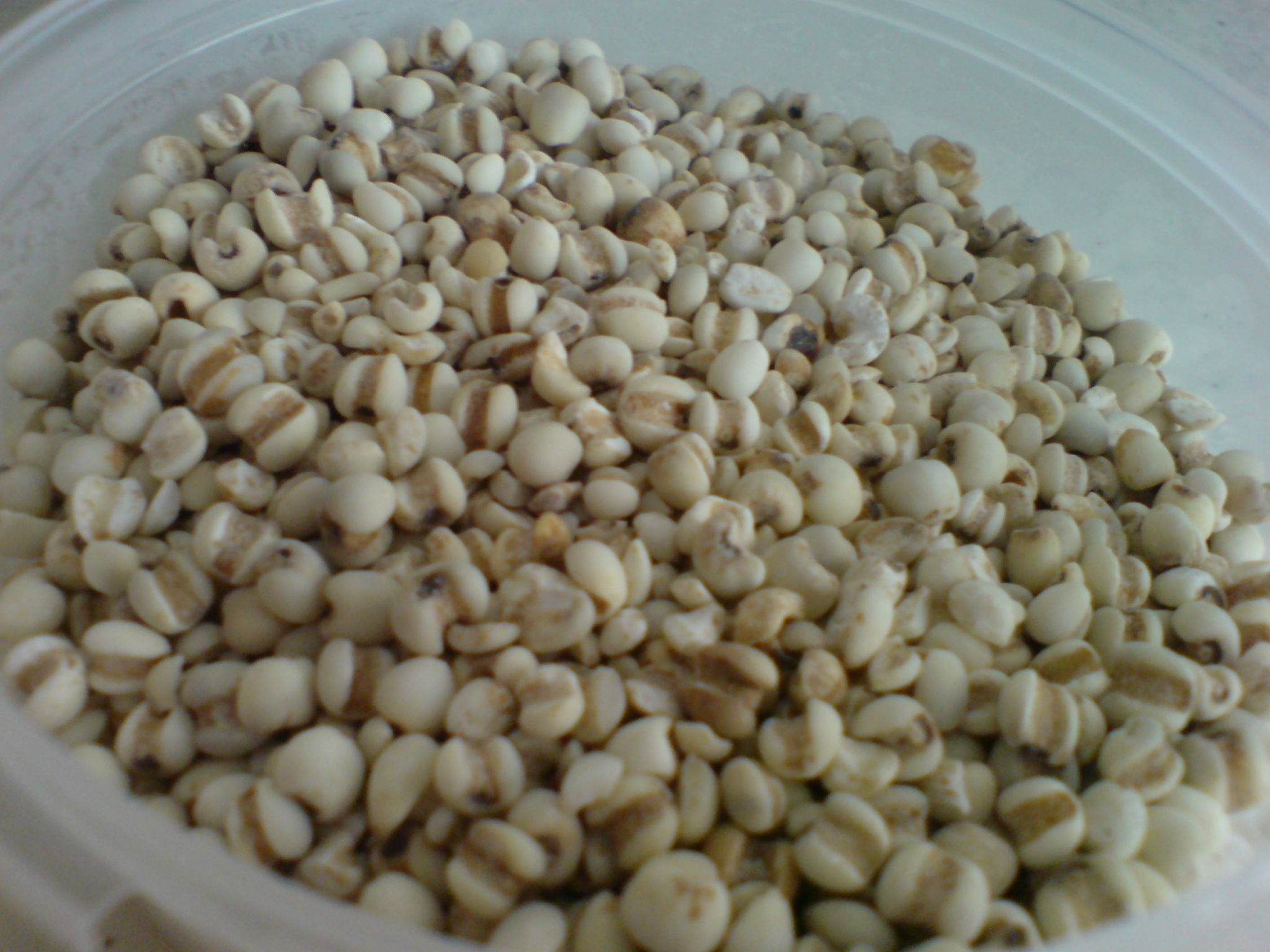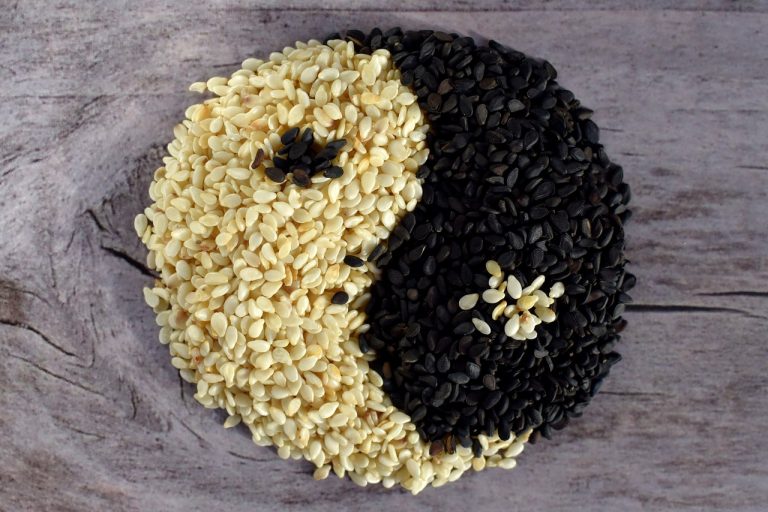Continuing our series on seasonal eating, today we will examine the aspect of balance. Eating seasonally is a natural way to keep your body in harmony with your external environment as it passes through the four seasons. While the idea of eating warming foods in the winter and cooling foods in the summer may seem perfectly logical, determining which foods are warming and cooling can be complicated. Going far beyond just the temperature of the food, one has to consider its very nature.
Ancient Chinese philosophy holds that everything in the universe is made of two mutually opposing, but complementary forces (the qi of yin and yang). To achieve harmony (the key to wellness), yin and yang must be in balance; and to balance them properly, we need to understand what each force encompasses.
Yin and Yang
Yin is considered feminine; its nature is cool, dark, passive, soft, quiet, contracting inward or downward, and moist. In terms of food, the quality manifests as sour or bitter flavors, animal products from water-dwellers, the presence of potassium, high water content, or cooking with water.
Yang is considered male; its nature is warm, bright, tough, lively, expanding outward or upward and dry. In terms of food, the quality manifests as salty or spicy flavors, animal products from flying creatures, warm-colored foods, or those roasted with fire.

Balanced food for seasonal eating
Sorting out which foods are yin and yang is no simple matter; since everything contains both forces to a greater or lesser degree, and various qualities must be taken into account for assessment. Thus, there will be many exceptions to any generalizations.
Success
You are now signed up for our newsletter
Success
Check your email to complete sign up
For example, fruits are generally considered more yin, while meat is considered more yang; but within each food group there is a loose continuum, which can cause apparent overlap and confusion. That said, the following chart will give you a basic idea about your starting ingredients, with foods generally becoming progressively more yin from top to bottom, and left to right.
 | More Yang | Moderately Yang | Nearly neutral/ balanced | Moderately Yin | More Yin |
| Meat (more yang) | Turkey, duck | Poultry, lamb | Rabbit | Beef | Pork |
| Seafood | Caviar, anchovies, sardines | Herring, salmon, smoked fish | Shrimp, lobster, catfish | Trout, bass, flounder, perch | Oysters, squid, eel |
| Dairy/eggs | Hard, salty cheeses | Medium cheeses | Milk, eggs, curd cheeses | Yogurt, sour cream, butter | Kefir |
| Grains | Buckwheat, millet | Whole wheat | Rice, oats | Barley, rye | Corn, refined/processed wheat |
| Legumes | Kidney beans | Adzuki | Peas, green beans, soy beans | Lentils, chickpeas, tofu, tempeh | Black beans |
| Vegetables | Onions, parsley, pumpkin, sweet potato/yam and other root vegetables | Leeks, kale, radishes, mustard greens, cauliflower, turnips, carrots | Daikon, string beans, turnips, lettuce, cabbages, beets | Cucumbers, asparagus, leafy greens, zucchini, mushrooms, cilantro, sprouts, seaweed | Eggplant, tomatoes, potatoes, peppers, dandelion |
| Nuts/seeds | Sesame seeds | Pumpkin seeds | Lotus seeds, unsalted peanuts | Almonds, walnuts | Coconut |
| Fruits (More Yin) | Apples, sweet cherries | RaspberriesPapaya, mulberries | Fresh figs, strawberries | Melons, bananas, grapes, dates, mango | Grapefruit, pineapple, watermelon, lemons, papaya |
| Seasonings | Salt, pungent spices, chili pepper | Soy sauce, horseradish, garlic, miso | Seaweeds, aromatic herbs, sesame oil | Most fats and oils | Ginger, black pepper, sweeteners, vinegar |
In the application of traditional Chinese medicine (TCM), food can be used both to restore a deficiency of yin or yang, and to dispel an excess. To maintain harmony within, the goal is to have balanced meals — with enough yin to complement the yang, or vice versa. Taking the bulk of your diet from the more neutral areas (cooked grains, legumes and vegetables) is a good place to start, using the more polarized foods for added nutrition and flavor.
The four seasons also correspond to the dynamic cycle of yin and yang: Spring is called “Lesser Yang,” as warmth and sunlight begin to return; Summer is called “Greater Yang,” as it is hot, bright and dry; Fall is “Lesser Yin,” as cool weather sets in and daylight fades; and Winter is “Greater Yin,” featuring the coldest, darkest months.
As we discussed in the first part of this series, each season is further divided into solar terms, according to China’s lunisolar calendar.
May 6 — Lixia (Beginning of Summer)
The lunisolar calendar marks May 6 as the beginning of summer (Lixia 立夏) 2023. Vegetation becomes lush after the spring rains, and we, too, must make a transition for warmer weather and greater activity. Lixia is traditionally a time to clear stagnant heat and prepare the body for physical labor. How? Through seasonal eating, of course.

Red bean congee is a dish known for its ability to “clear the heat,” and soothe inflammation. It is a simple dish made from azuki beans, kidney beans and an interesting seed called “Job’s tears,” or Chinese pearl barley — although it has no relation to actual barley.
The dried ingredients are soaked in water overnight, rinsed, and simmered until soft. Sugar is usually added to make a sweet breakfast porridge commonly enjoyed during Lixia. Similar combinations of cooked beans and rice will have the same effect.

Having recently adopted a pair of ducks, I can attest to the fact that duck eggs are in season. I started getting eggs a few weeks ago; which, if I were on top of things, would have been enough time to make salted duck eggs — another traditional food for the Lixia solar term. Duck eggs tend to be somewhat larger than chicken eggs, and the yolk has a higher fat content, making them an excellent source of energy for the arduous agricultural tasks to be tackled at this time.
To make salted duck eggs, dip clean eggs in rice wine, roll them in salt so they are completely coated, then wrap them individually in plastic and let them sit in a cool place for three to four weeks. When the eggs are ready, the yolk will be firm, oily and very salty. Once they are ready, the salted eggs can be boiled, fried, or used in a variety of recipes.
Chicken eggs can be salted in the same way, but since the shells are thinner and the eggs are generally smaller, they are unlikely to need a full four weeks. Check the state of the yolk at around 20 days by using one egg.

May 20 — Xiaoman (Lesser Fullness of grain)
Xiaoman (小满) literally means “a little full,” and refers to a stage of grain ripeness — when they are just beginning to develop. This solar term spans from May 20 to June 5. With rising temperatures and water levels, it sets the stage for a bounty of summer crops, including many grains. Winter wheat and tea leaves can be harvested during this time.

TCM calls for bitter (yin) foods to protect the heart through the heat of summer.
Xiaoman provides ideal conditions for a common wild edible — sow thistle. Kǔ cài (苦菜), literally “bitter vegetable,” is collected and consumed to balance the yang that becomes prominent in the summer months. The leaves are parboiled, dressed with plum sauce and soy sauce, then topped with chopped scallions and sesame seeds. This simple dish helps people remember the hardships they have overcome and appreciate their present joy (yì kǔ sī tián 忆苦思甜).
Here in the west, dandelion is much more common, and can be cooked as a vegetable, served (sparingly) in salad, or brewed as a tea for an invigorating summer beverage.
Another food commonly eaten in China at this time is bitter melon (Momordica charantia), harvested mid spring through late summer, from a prolific vining plant in the Cucurbitaceae family (like cucumbers and squash). Bitter melon is often cooked with egg or pork and eaten throughout the summer months.

Of course, our climate is not a perfect match with China’s, and we are technically in the middle of spring here. More familiar bitter foods might include kale, collards, chicory, escarole, leaf lettuce and turnips, all of which are cool-season crops that are thriving right now and easy to grow!
Other seasonal specialties include asparagus (not exactly bitter, but full of fiber, flavor and antioxidants), spinach (a nutritional powerhouse), and rhubarb (fulfilling the yin sourness factor). Soon, strawberries will be also available as our earliest fruit. Its sweetness balances rhubarb’s tartness for the perfect spring pie.













